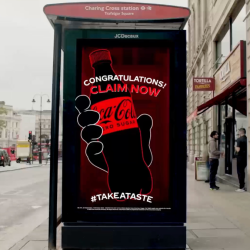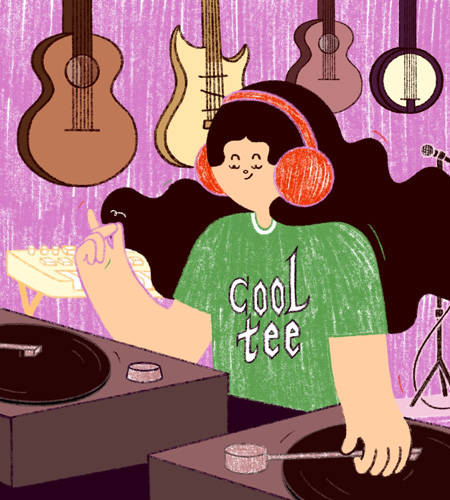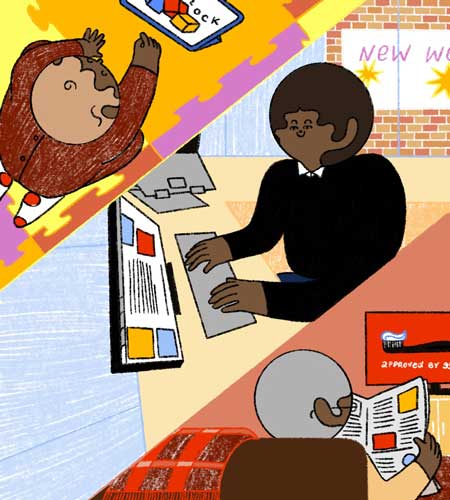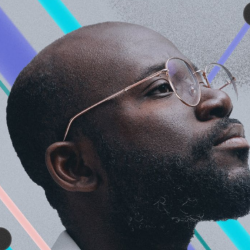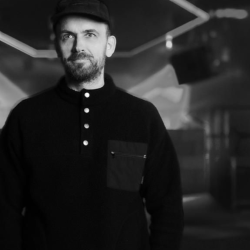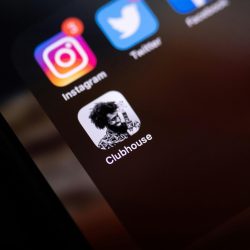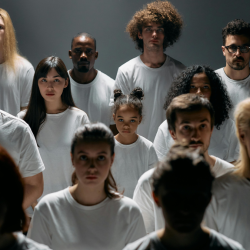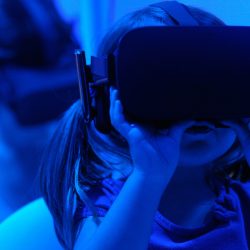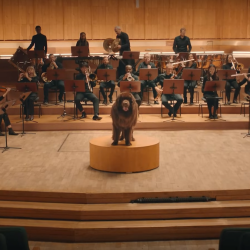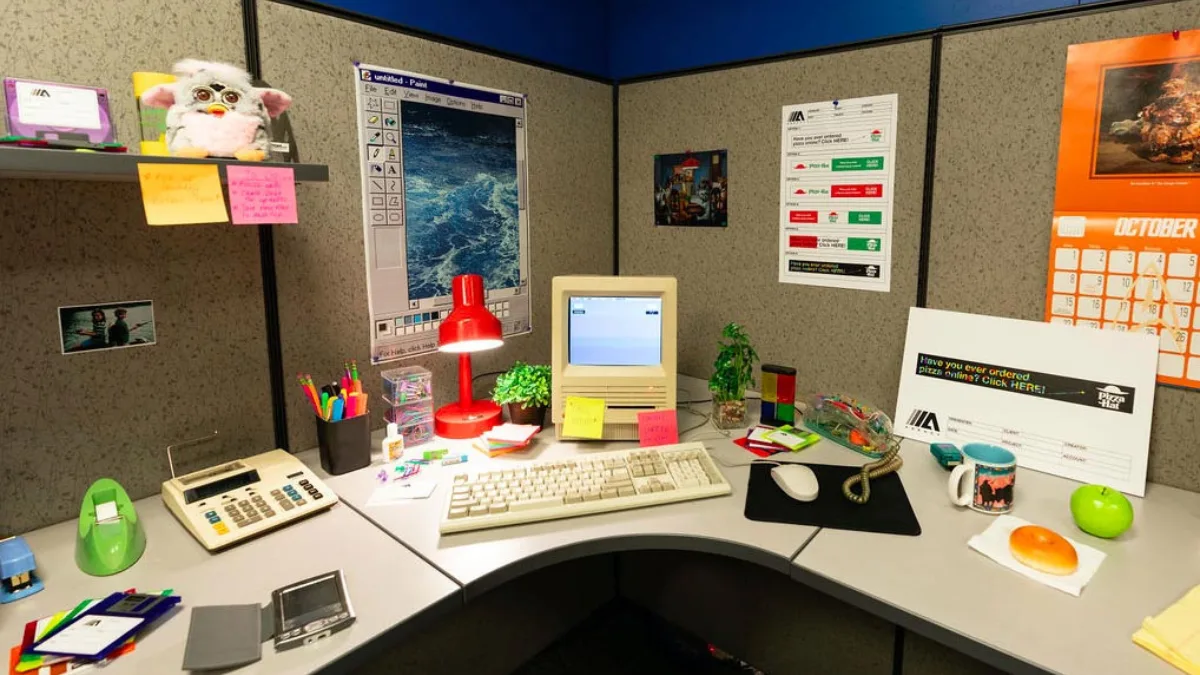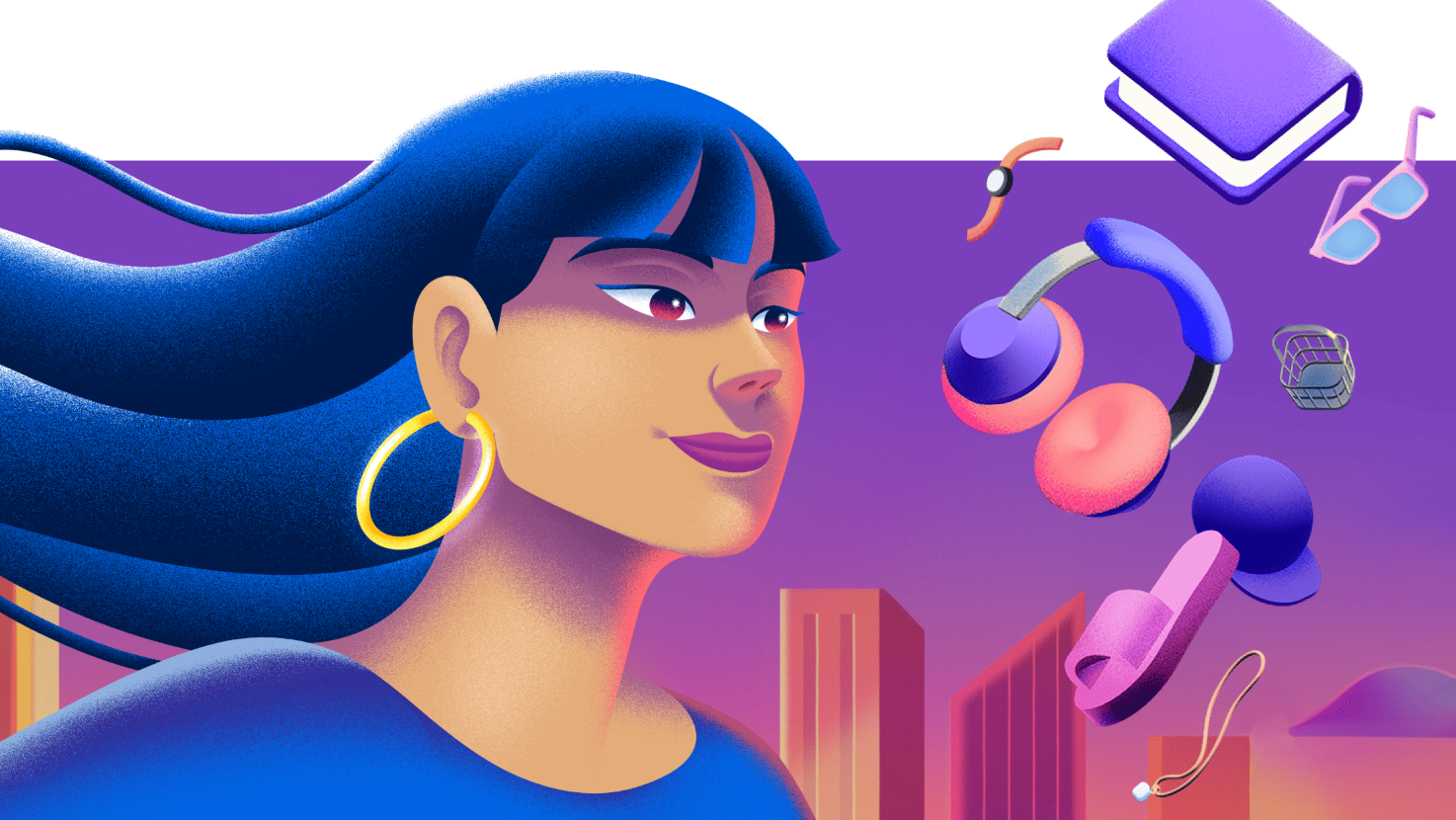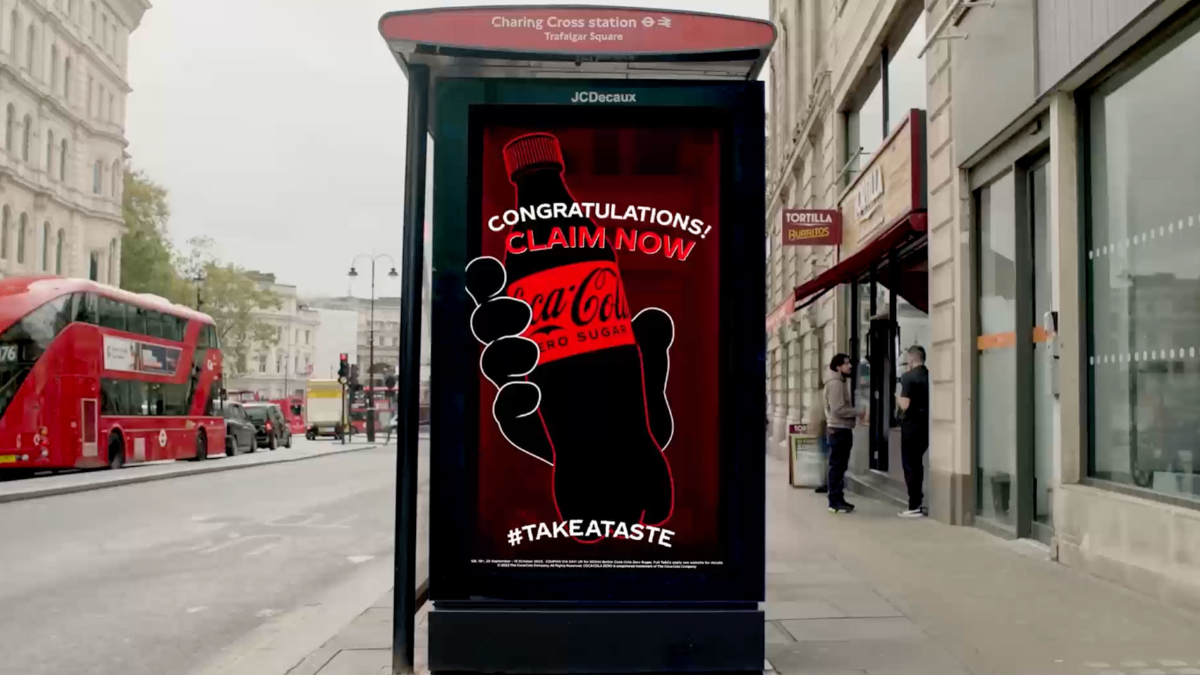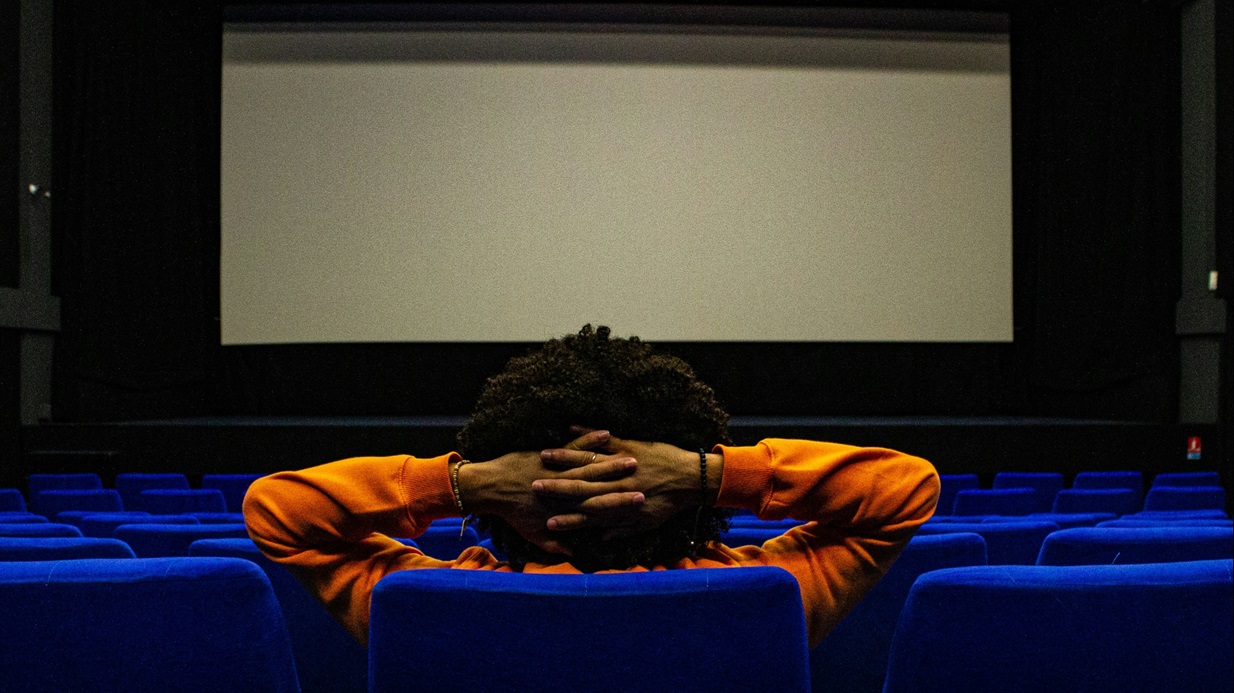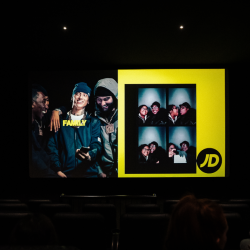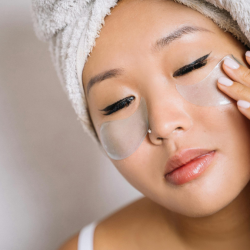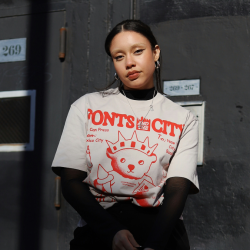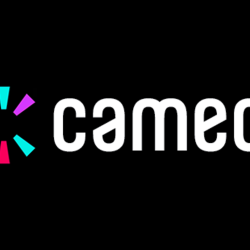Reverse mentoring is not a new concept: it’s more than two decades old, yet it remains a training method capable of disrupting today’s work culture. A practice that strongly urges the overthrow of the Jurassic hierarchical system organized in top-down decision-making flows, and instead, it promotes a horizontal collaboration based on mutual listening. It’s a win-win relationship between multi-generational and multi-level workers. But how come such an unexpected new wave of interest in this kind of mentoring?
Minding the gap
Having made its first appearance in the late ’90s, Reverse Mentorship was born to help senior executives understand the mysteries of technology through the skills of juniors. After the pandemic era, this collaborative approach has returned to the forefront to tackle new challenges: hybrid work, diversity, inclusion, but above all, to bridge the generational gap in the office.
After Covid-19, in fact, companies found themselves giving space also to Gen Z, who entered the world of work, bringing with them new skills and above all work expectations, which follow those of younger millennials.
Today, in the same office, there are four different generations coexisting with ethics, mindsets, and job priorities at odds. Yet, 50% of this workforce (millennials and Gen Z) does not feel listened to by the top management of their company at all. Burnout, anxiety, economic and financial concerns are their (should I say our) daily bread. What are their desires? A more proactive, open and flexible job, aligned careers with a correct work-life balance, and their company truly embracing global ethical issues: stop green-pink-rainbow washing. And if this does not happen on the part of their company, they are ready to embark on a limitless freelance path or continue their job hopping.
Mentoring is no longer a one-way street
This is why Reverse Mentoring is back, transformed into a sort of new technique for retaining younger workers capable of creating a new paradigm of leadership. In fact, other than simply exchanging technical knowledge and know-how strictly connected to one’s professional and generational competence, this upside-down sharing methodology allows, just to give an example, the development of active and reciprocal listening.
It gives each of us the opportunity to wear the other’s shoes, to free ourselves from the stereotypes we have attributed to our colleagues or have been entrusted with. Let’s face it, the old top-down approach no longer exists, and it’s time to learn to collaborate also thanks to more ethical mentoring activities, cultivating more human-to-human relationships, especially in the workplace.
Diversity is key
For example, Gen Z not only knows how to offer useful advice on TikTok and how to scroll (stereotype alert), but also claims valuable perspectives and insights for brands and marketers regarding their generation. In the workplace, they know how to be self-confident and how to believe in their output. They do not adhere to a standard, but embrace their uniqueness in a healthy and positive way. Zoomers know that if things are going to change, we have to change ourselves first. That’s why they are always proactive and far-sighted, but also flexible and autonomous.
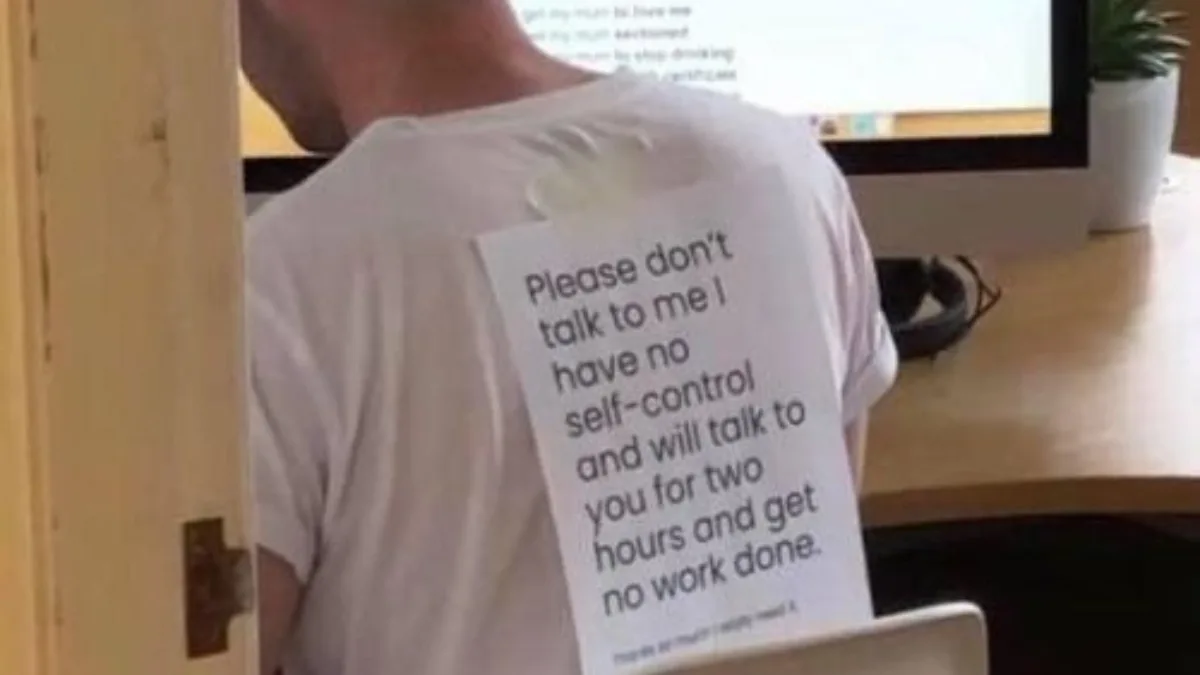
Millennials are considered the digital nomad generation because they were the first to break down traditional organizational structures and policies, pushing companies to rethink their work environments. They clearly know how to better communicate and see the entrepreneurial spark in simple things. They bring disruption, innovation, enthusiasm, energy, digital, and emotional intelligence.
But even boomers can still teach us more than we think. Seniors have seen so much in their journey, from stress management to problem-solving. They always know how to get the job done, even without technology, mostly relying on the good old networking and face-to-face relationships. Because they know how to decode every little non-verbal communication signal when there’s a meeting.
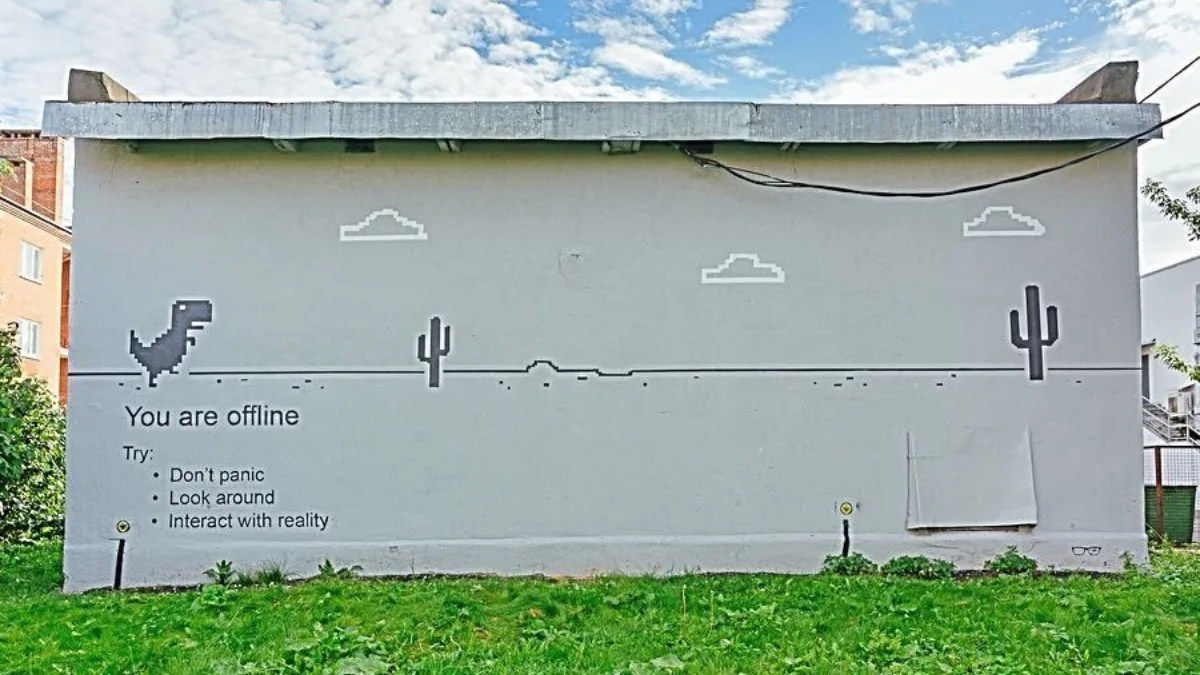
In the end, reverse mentoring is a beneficial situation for everyone, and it is only by accepting this practice as a habit that a real change in traditional hierarchies will manifest. I hope that everyone will come to the realization that learning and growth can occur at all stages of our career, because anyone can learn from anyone.
Experience cannot come only from years of work, but also and especially from curiosity, which juniors possess in abundance, and from an excellent vision, which seniors are more practised at mastering.
Featured image: media marketing / Flickr



